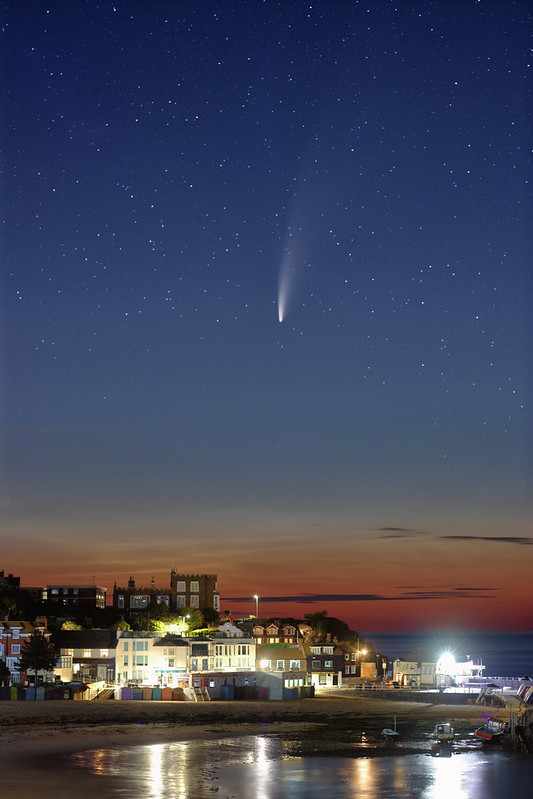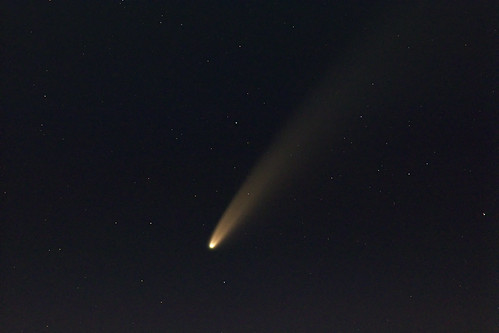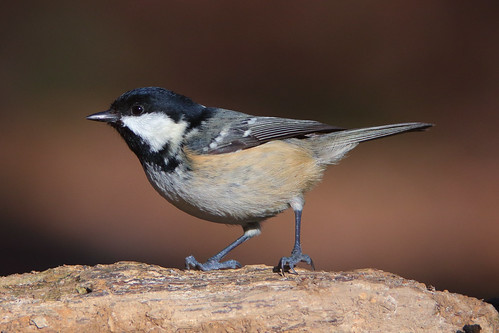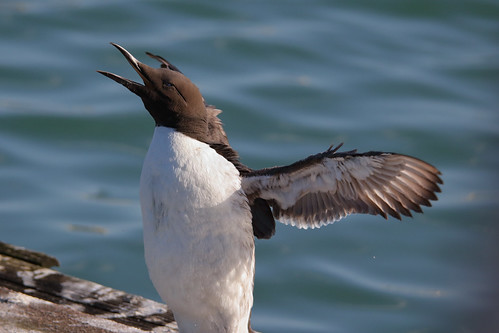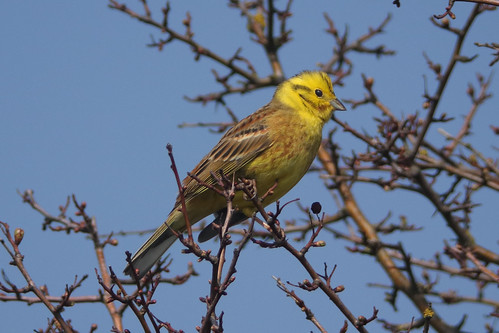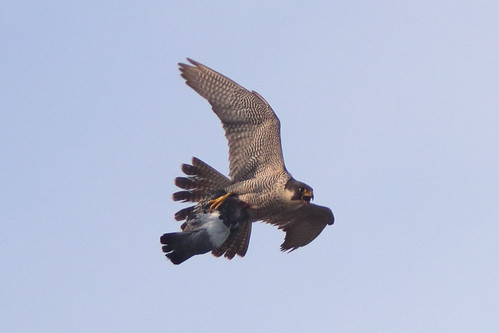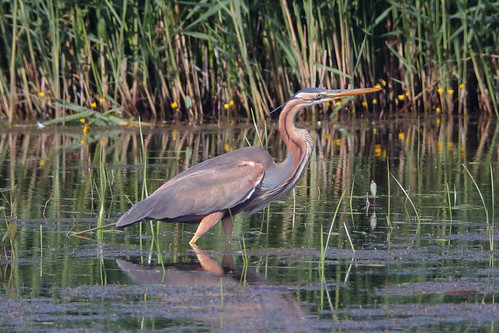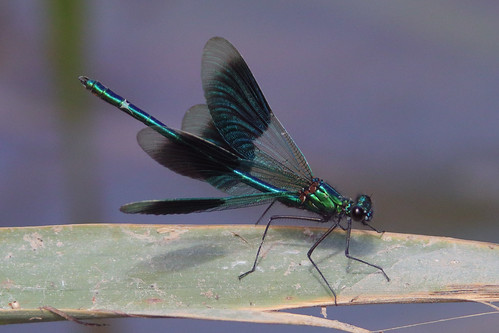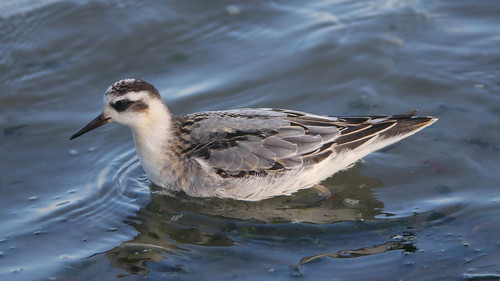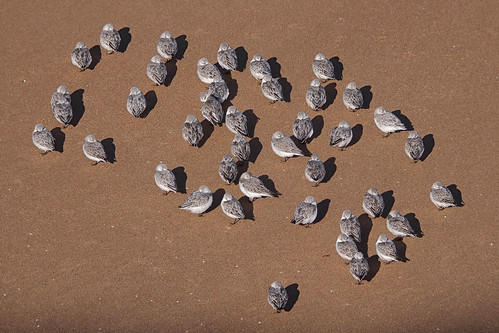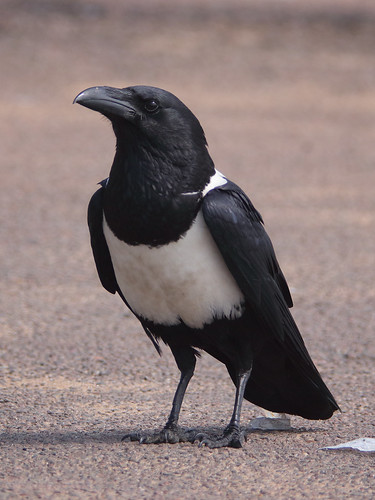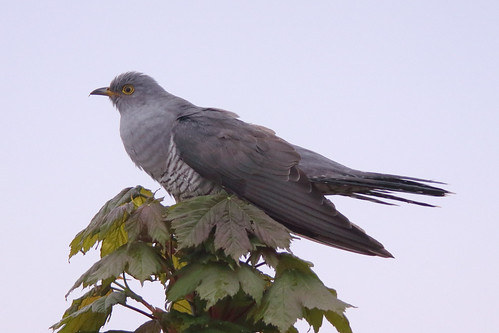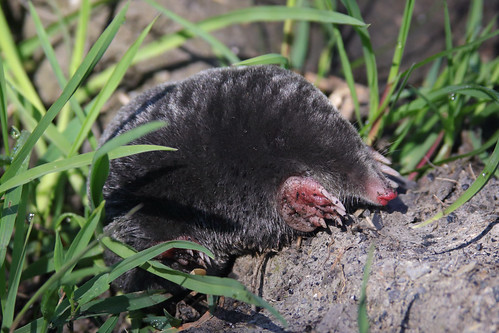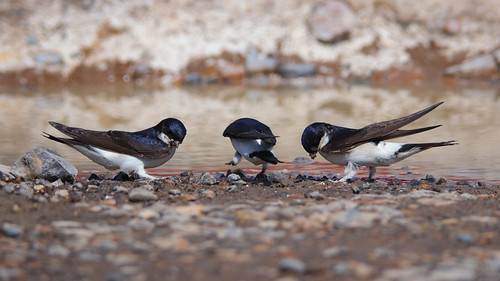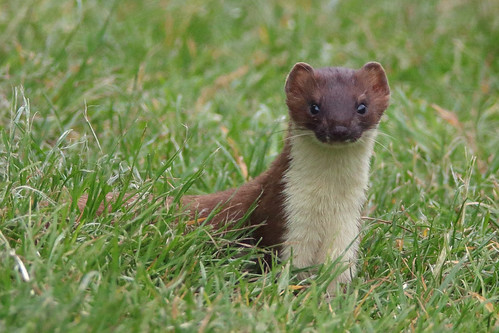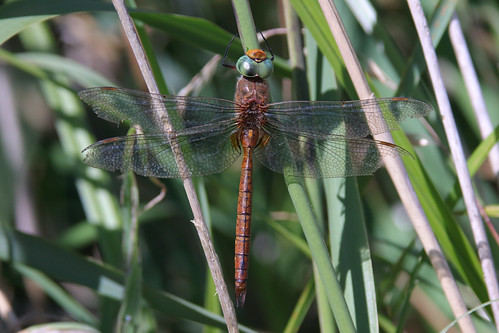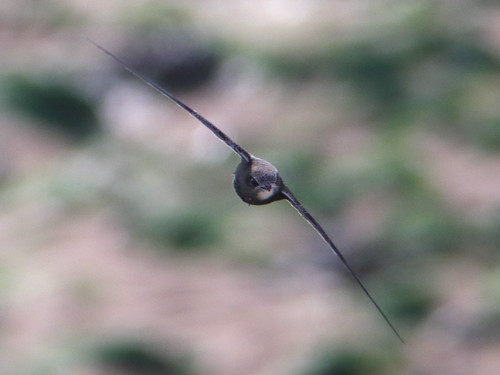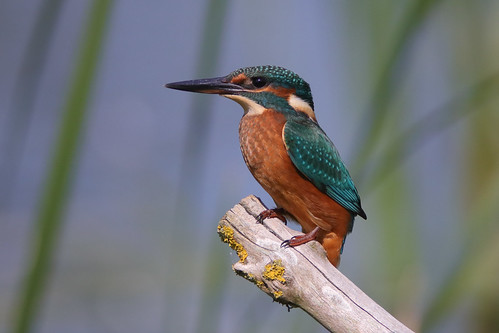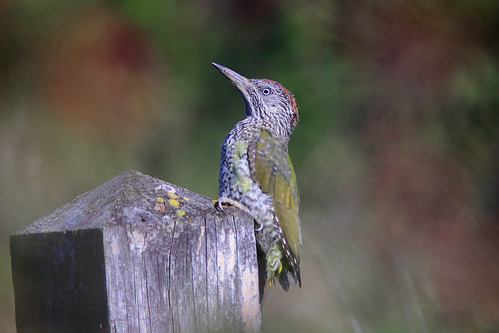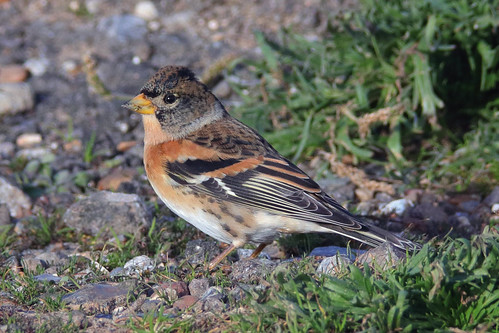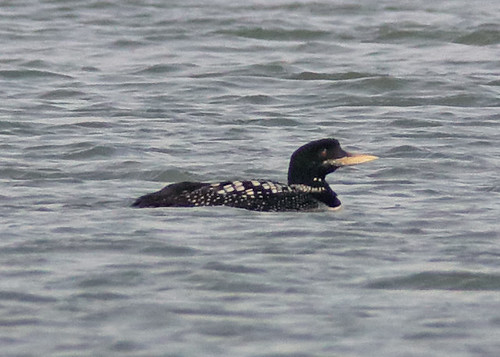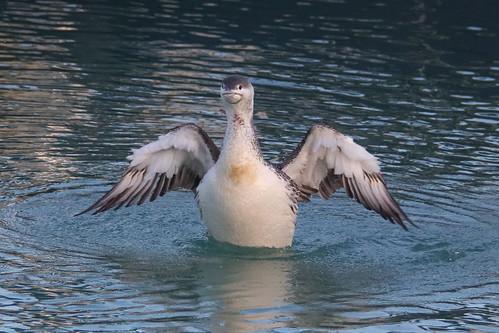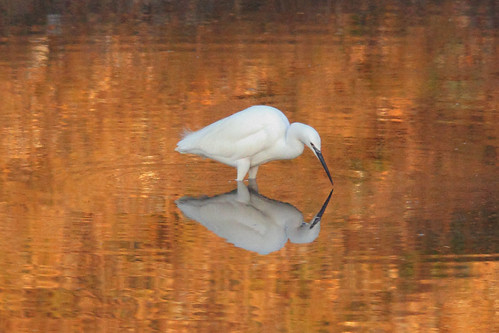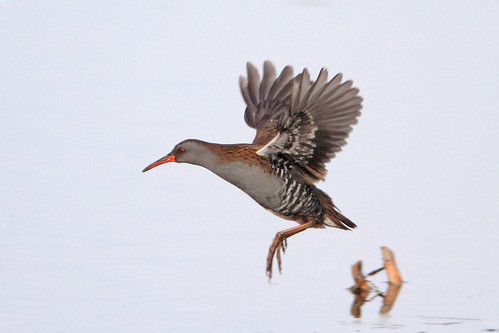I normally leave end-of-year round-ups to the more prolific bloggers, but this year I've taken a lot more photos that usual, partly because I bought a new camera, and also to serve as a welcome distraction from the
daily hourly news maelstrom generated by Brexit and He-Who-Must-Not-Be-Retweeted. It's reassuring to know that there are still some quiet corners of the world where wagtails still wag, kingfishers still fish, and kestrels still hover, unconcerned by the sound and fury of angry old men who never stop to listen.
But enough of all that; here are some highlights.
January
Photographers often rhapsodise about the "golden hour" just before sunset, and it doesn't get much more golden than this:
February
A Water Rail breaks from cover at Grove Ferry:
March
This colourful
Pheasant took it upon himself to greet visitors to the Stodmarsh car park:
April
A smart
Shelduck flies overhead at North Foreland:
May
A dull and drizzly May Day at Grove Ferry was livened up by this magnificent
Kingfisher (one dive, one fish caught, one lucky photographer):
Later in the month, a decent view (for a change) of a
Cuckoo:
June
The dragonflies at Grove Ferry / Stodmarsh attracted lots of visitors, including this dashing
Red-footed Falcon:
July
Fortunately there were still plenty of dragonflies left after the Red-footed Falcon departed, including this
Norfolk Hawker (aka the Green-eyed Hawker):
August
Lots to see in North Yorkshire, including
Red Grouse:
...and the famous
Gannets of Bempton Cliffs:
Back in Kent, a relative newcomer to Grove Ferry, a
Willow Emerald Damselfly:
September
Some drastic Photoshopping saved this image from the bin. The
Marsh Harrier changed direction so suddenly I cut off half of the upper wing and had to clone it from the other one. I wouldn't normally do this much work to an image, but I think in this case it was worth it:
October
Fortunately my reflexes were a little better when this
Kestrel made a quick getaway:
November
After seeing a Red-throated Diver in 2014 and a Great Northern Diver in 2015, I wondered how many years I'd have to wait to see a
Black-throated Diver in Ramsgate Harbour. Turns out it was only two:
December
Another new visitor to Ramsgate Harbour, an
Iceland Gull:
The year started with a Little Egret against a golden backdrop, so it seems fitting to end it with its larger cousin, a
Great White Egret, looking for fish in front of the golden reeds of Grove Ferry:
No autofocus was used in the making of these pictures.




